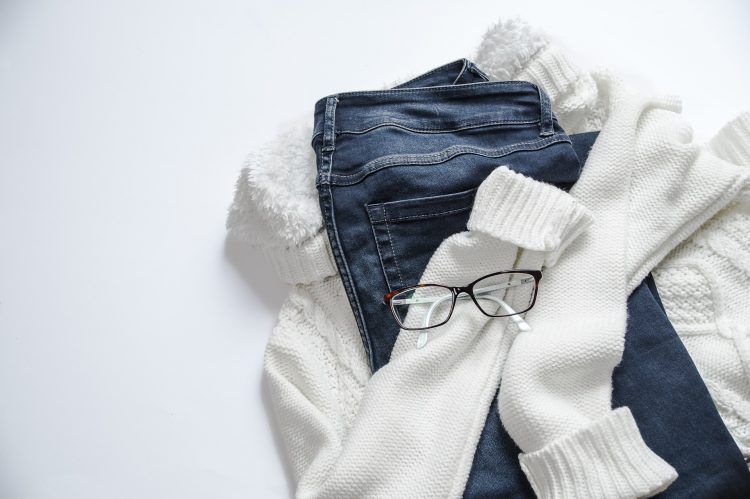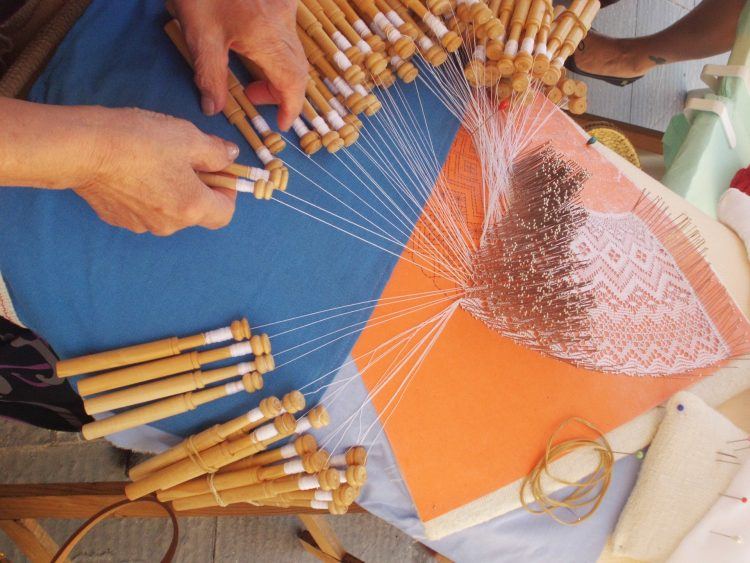
Back to basics / Image credit: Pixabay
Click. Click. Insert promo code. Check out.
That’s all it takes these days to get a new t-shirt, a fresh pair of jeans, and even the hottest kicks in the market. With ecommerce businesses at your fingertips, you could even furnish your home without ever having to step out of the house.
But have you ever looked at plain black joggers and wondered why they cost US$30.52 (S$40) at their cheapest? How much could it possibly cost to make these?
Transparent pricing has been around for about two decades: Harvard Business Review wrote about cost transparency as a rising problem for brands in 2000. High margins and price competition, as well as consumers’ perception of being “ripped off,” are all risks that threaten to eat into customer loyalty.
With the internet, retailers can be more upfront about costs and shopping can be more driven by common sense.
Why pay more?
Singaporean e-retailer Iuiga (pronounced EYE-YOU-GAH) has a subheader on the About page of its website that asks you, “Why pay so much for quality?”
If you’re wondering why that matters, remember the plain black joggers mentioned earlier?
Iuiga has a pair for US$22.13 (S$29). The company even provides a simple graphic breakdown of how much it costs to make the product, indicating even the mark-up.
And it’s not just apparel that’s priced transparently. A quick look at its site shows that Iuiga sells everything from kitchenware and cleaning accessories to home electronics and office supplies.
“We mainly curate our product range through market research and customers’ recommendations. Customers readily reach out to us to tell us when they love their purchase and chat with us to tell us how we can improve constantly,” shares Jaslyn Chan, Iuiga’s business development manager.
Such input from clients helps Iuiga make decisions about what goes into its inventory and online store. For instance, the e-tailer prefers to “disrupt” products with a high price point to emphasize that thoughtfully designed and premium quality products do not need to carry be expensive.
At the moment, Iuiga isn’t the only player in this niche vertical. There’s also retail startup Everlane, Honest By, and Oliver Cabell. They’re all concerned about working with ethical sources and factories, being environmentally friendly, and offering reasonable prices.

High transparency, low ceiling
Aside from the transparent pricing model, e-retailers that implement honest pricing have mark-up ceilings. For instance, Everlane allows consumers to choose their own markups at 10, 20, and 30 percent intervals. This means 10 percent covers the basics of product development and shipping, 20 percent covers the basics and Everlane’s team income, while 30 percent covers all expenses and helps Everlane “work on creating new products.”
According to Chan, who is also an Iuiga co-founder, the average product goes through at least 10 to 20 layers from manufacturers to distribution before finally reaching the end consumer. Once the profits at each layer of distribution and rental costs are factored in, traditional mark-ups could make up to two-thirds of a final product’s in-store price.
Traditional mark-ups could make up to two-thirds of a final product’s in-store price.
“At Iuiga, we have a mark-up ceiling, meaning we do not mark up our products more than 40 percent of cost price,” explains Chan. “That’s the average lowest we can go to keep our business sustainable while maximizing the best value to end consumers, based on our statistics.”
Low mark-up prices with transparent pricing models are great, but this strategy raises the question: How does Iuiga profit? The answer: It controls costs by keeping supply chains as lean as possible.
As Chan points out, “We slot our production runs into our manufacturers’ production lulls to maximize cost savings. We also hold our stocks in different warehouses around the region instead of centralizing them in one.”
Iuiga’s best-selling items are shipped in batches when local stocks are low. It only ships within Singapore at present, though there are plans to expand regionally in the next few years. As the startup’s order quantities are lower than international brands, its turnover is also much faster.
“We are able to better review and predict which products will sell better and which ones will not, as feedback can be relayed to manufacturers faster compared to traditional retailers who stock products via a higher minimum order quantity,” says Chan.

Low costs ≠ low-quality products
Even though its lower prices are laid out transparently, Iuiga contends that it does not affect the raw cost price it pays manufacturers.
To prove this, the company includes “factory stories” on its website, sharing what goes on behind the scenes in the places that make its products.
Younger consumers are more willing to pay for sustainable products, according to a study by Nielsen.
“Most of our 300 partner manufacturers are listed companies with decades of experience manufacturing for big brands,” quips Chan, who also mentioned that that it took more than two years to convince the first 57 partner manufacturers to work with Iuiga.
It took more than two years to convince the first 57 partner manufacturers to work with Iuiga.
She continues, “It wasn’t easy to convince them to work with us when we were just an idea, but they eventually agreed as Iuiga is targeted at the Southeast Asia market – a market they were interested to penetrate,”
That interest, coupled with declining export orders from international brands, meant that manufacturers saw Iuiga not only as a means to diversify their business but also as a way to help ensure that their manufacturing processes remained efficient even during lull periods, shares Chan.

One noticeable detail about Iuiga is how its items closely resemble the products of another familiar brand, Muji. Because it also uses the same manufacturers with the Japanese retailer, Iuiga is open about their similarities.
“I don’t think sharing the same manufacturers affects our relationship with Muji as we ultimately own different product offerings. Unlike traditional retailers who leverage on the lack of information and knowledge to earn profits, we function online to demolish these middlemen and channels,” observes Chan. “We do things differently in every part of the funnel from sourcing, manufacturing, marketing, sales and delivery to stay competitive.”
She further noted that Iuiga’s founders hold Muji in high regard because of its no-brand branding, which has been successful in knocking down brand premiums. “Iuiga incorporates transparent pricing to further enforce this,” she says.
Information gap, begone
Iuiga’s transparent pricing model was inspired by an epiphany. When Chan and her co-founders realized that despite the ease of access to the right information, most retailers still hide manufacturing and shipping costs from consumers, they were shocked. Furthermore, leveraging this information gap between businesses and consumers was common in the industry – a practice that Chan lamented.
“The gap worked well for retailers before the prolific boom of the internet and ecommerce, as consumers had no channels to derive the knowledge. But with ready access to Google, anyone can search for information instantly,” she adds.
Consumers mainly rely on online reviews and company websites for pre-purchase research in the internet age, according to a 2017 report by KPMG.
But beneath the low mark-up ceilings, cost controls, and transparent pricing models, Iuiga is still a retailer with a knack for providing what customers need but can’t find.
“We believe that thoughtful design and enduring quality do not need to be out of reach for the masses. We launched Iuiga to create all the things we wanted for our home but could never find. And in the process, we unearthed an overwhelming support from others who had the exact same need,” concludes Chan.
IUIGA is a Singapore direct-to-consumer lifestyle brand built for more comfortable homes. Register for an account at https://www.iuiga.com.
This post One e-tailer wants to start a revolution in transparent pricing appeared first on Tech in Asia.
from Tech in Asia https://www.techinasia.com/eretailer-start-transparent-pricing-revolution
via IFTTT
No comments:
Post a Comment